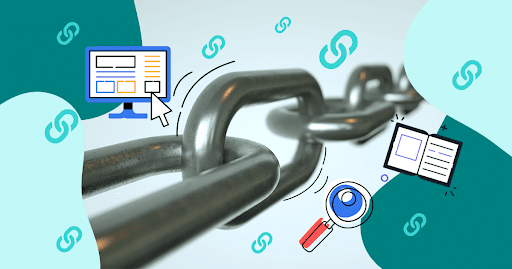
Introduction: Cutting Through the Noise in SEO
In an age where digital marketing advice is everywhere, it’s easy to fall for outdated or ineffective link-building tactics. Many businesses still chase quantity over quality or invest in spammy strategies, hoping for fast results. But in 2024, search engines are smarter than ever. They reward relevance, context, and genuine authority. To see real SEO gains, brands must invest in link-building strategies that are sustainable, measurable, and rooted in value, not shortcuts.
Focus on Relevance, Not Just Authority
One of the most common mistakes in link building is prioritizing domain authority without considering topical relevance. A backlink from a highly authoritative site means little if it has no relation to your niche. Search engines are increasingly evaluating whether a linking site and its content align naturally with the destination page. Relevant links provide stronger ranking signals and are more likely to drive targeted traffic. Rather than asking “how many backlinks do I need,” brands should ask, “how many relevant backlinks will move the needle for my business?”
Prioritize Content That Earns Links Naturally
Instead of chasing links, create content that attracts them. This means publishing resources that other websites actually want to cite. Original research, in-depth guides, expert commentary, and interactive tools are all content formats that naturally earn links over time. Evergreen content—posts that stay relevant long-term—can continue to attract backlinks for months or even years. Link-worthy content isn’t about gaming algorithms; it’s about delivering value that earns recognition from real people and reputable sites.
Build Relationships Before You Build Links
Outreach is still a cornerstone of link building, but success comes from relationship-building, not cold pitching. When you connect with editors, content managers, and industry peers authentically, you increase your chances of earning placements that matter. Engaging with target sites through social media, commenting on their content, or collaborating on shared projects lays the foundation for strong backlinks. A personalized, helpful pitch supported by useful content is far more effective than mass-emailed templates. It’s not just who links to you—it’s who you build trust with along the way.
Diversify Your Link Profile Strategically
Not all backlinks are created equal, and having a diverse link profile helps signal trust to search engines. This means earning links from a variety of sources: guest posts, niche directories, relevant blogs, industry publications, and partnerships. Anchor text should also be varied to avoid over-optimization. A healthy mix of branded, exact-match, and generic anchor text ensures a natural profile. Instead of trying to reverse-engineer the search algorithm or obsess over “how many backlinks do I need,” focus on creating a diversified strategy that protects against ranking volatility.
Measure Link Impact with the Right Metrics
Link-building success isn’t measured solely by the number of links acquired. Businesses should look at metrics like improvements in keyword rankings, increases in organic traffic, and growth in domain authority over time. Referral traffic from backlinks can also signal content quality and engagement. Using tools like Google Search Console, Ahrefs, or SEMrush can help track which links are actually moving the needle. Ultimately, asking “how many backlinks do I need” is less helpful than asking, “which of my links are helping achieve my marketing goals?”
Sustainability Over Shortcuts
Short-term link-building tactics might produce quick wins, but they rarely stand the test of time. Black-hat methods like link buying, private blog networks (PBNs), or link exchanges risk penalties that can damage your domain for years. Sustainable link building, by contrast, takes more time but yields long-lasting results. When your backlinks come from real value exchanges—like great content, partnerships, and editorial mentions—they tend to stick. The result is a solid SEO foundation that continues to benefit your site well into the future.
Staying Current with Evolving Best Practices
Search engines continuously refine how they evaluate links, meaning what worked two years ago might not work today. Staying current with algorithm updates, evolving content formats, and changes in user behavior ensures your strategy doesn’t fall behind. Continuous education, testing, and adapting your approach is key to maintaining relevance. Regular audits of your backlink profile can identify toxic links and areas for improvement. Sustainable link building isn’t static—it’s dynamic, and staying informed is half the battle.
In Conclusion
Effective link building in today’s SEO environment requires intention, strategy, and patience. It’s not about tricking the algorithm—it’s about showing search engines that your site deserves to be seen. Instead of obsessing over “how many backlinks do I need,” focus on building relationships, creating content that others trust, and tracking impact through performance, not just volume. When you prioritize authenticity and long-term value, you’re far more likely to build links that actually work. And in the ever-evolving digital world, those are the links that stand the test of time.